
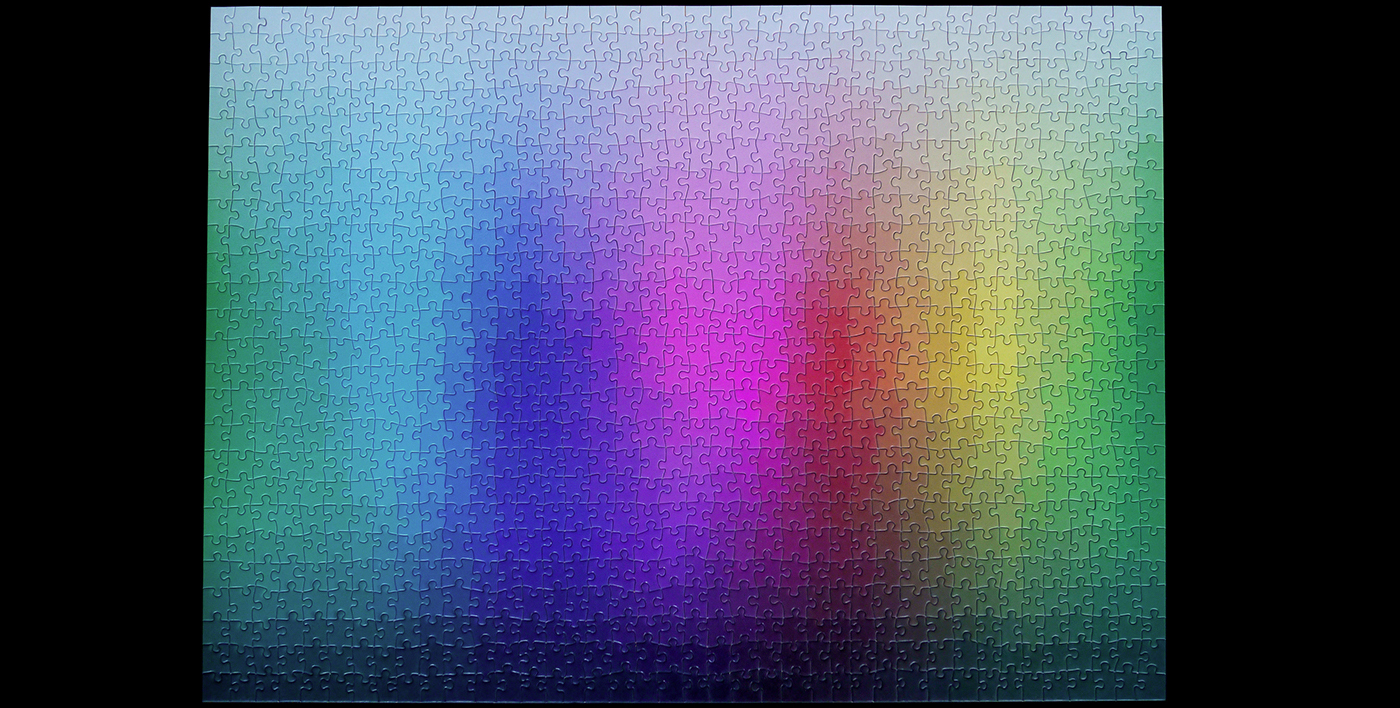
The 1000 Colours Puzzle!
Clemens Habicht came to us in 2013 with the idea for a puzzle that explored the broad spectrum of colours in a way that hadn't been done before. We loved the idea and jumped at the chance to work with Clemens to put it into production. And so the creative development began...

Just one reference that sparked Clemens's inspiration for the puzzle

CMYK colour gamut with gradient
Starting with a CMYK colour gamut, the idea was to produce the most variety in the coloured pieces as possible.
Clemens created a few prototypes through puzzle websites where people usually print individual puzzles as gifts. He sent them JPGs of colours, and in return received one-off
prototype puzzles.

However, in these early stages, it became obvious that using smooth gradients leading one colour into the next as a graduation of colour made it too easy to find where to place the pieces.
Clemens began exploring the concept of each piece reflecting a single colour, like a swatch, which would change the direction of its use from simple puzzle solving into a matter of colour isolation. In this way, the colour would give a clue as to which section of the puzzle each piece belonged, while the shape confirmed exactly where they fit.
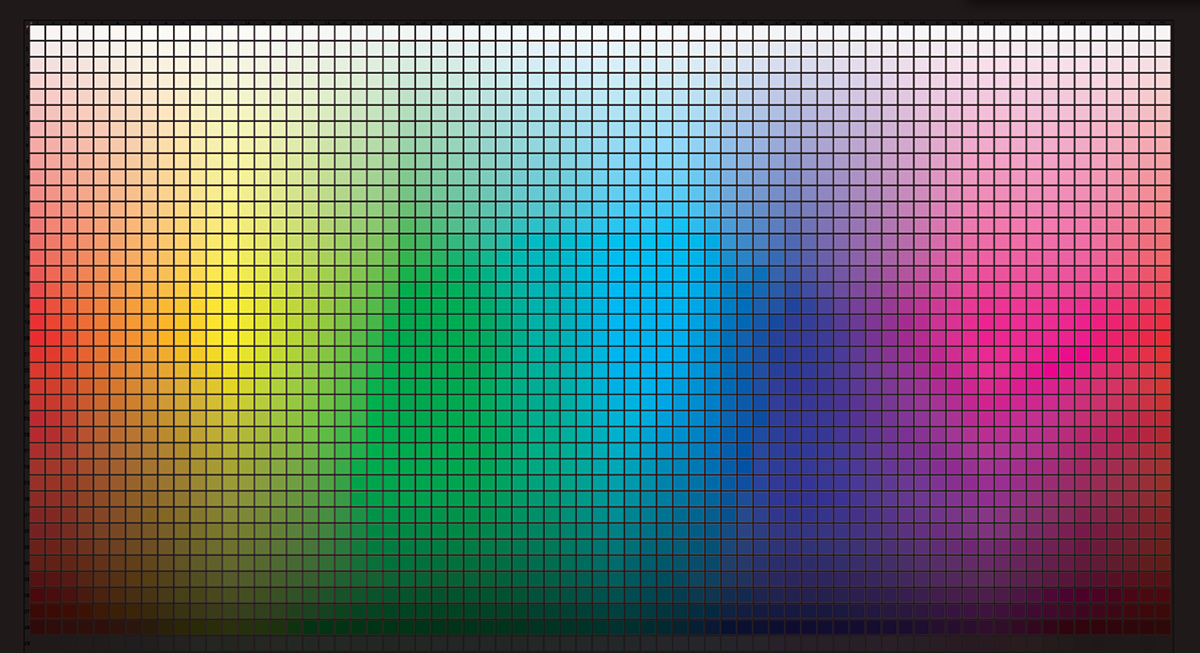
First prototype to determine actual colour blocks
Moving past the original experimentation, Clemens began working with a dieline provided by our puzzle production company.
Borrowing from Adobe materials that offered swatch palettes for print production, Clemens used Photoshop to stretch these to fit the puzzle shapes, taking that as a precise colour reference to fill in each of the puzzle pieces in the dieline.
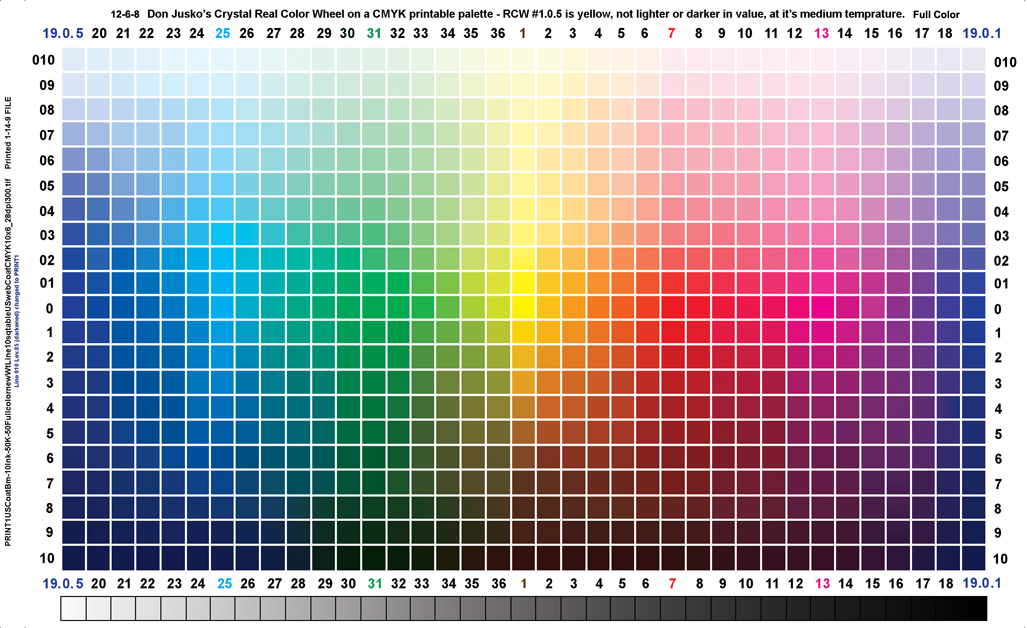
An example of the colour swatch palette Clemens used during his experimentation

Once we'd worked out issues, we started playing with a proper dieline from our printer
However, this ended up in a mis-registration of the pieces. Although Clemens had traced the existing dielines, due to the nature of puzzles being a piece of paper glued to card and then cut by machine, we realised there would always be a degree of imprecision.

The mis-registration of the colours to the dieline

Examples of the mis-registration once printed
To counter the imprecision of the machinery revealing the borders between neighbouring colours, the edges were feathered slightly and allowed to disappear into the curve of the cut.

Final artwork: with blurred edges to correct the registration
It was important that it was in every way a traditional puzzle, aside from the image itself, so we followed the conventions of 1000 pieces, a conventional puzzle box and the traditional shape of puzzle pieces.


Product photos of the puzzle in it's box
Normally, the experience of putting together a puzzle is taking a piece, trying to find where that little piece belongs inside a much larger picture printed on the box and then searching for another piece in the pile that belongs to that same spot, allowing you to join the pieces together.
This means you end up searching for specific pieces or specific parts of an image.
A wonderful Vine created by our friends at Yell Design!
With the 1000 Colours Puzzle, it turns out to be a much different process.
You can pick any piece and have an intuitive sense of where it should be roughly in the scheme of the puzzle as a whole; if its dark it is somewhere near the bottom, light up the top, saturated in the middle. This means it's more a process of sorting and organising, with a sense of achievement as the pieces start to click together.


Closeup of the puzzle's blue hues

Colours, colours everywhere...
The puzzle's release quickly gained traction in the media, being featured by a number of websites including Fast Co. Design, Under Consideration, Collosal and Gizmodo.

Examples of the press our puzzle received on it's release
Off the success of the 1000 Colours Puzzle, we decided an edition that was more child-friendly was in order, and so the 100 Colours Puzzle was created.
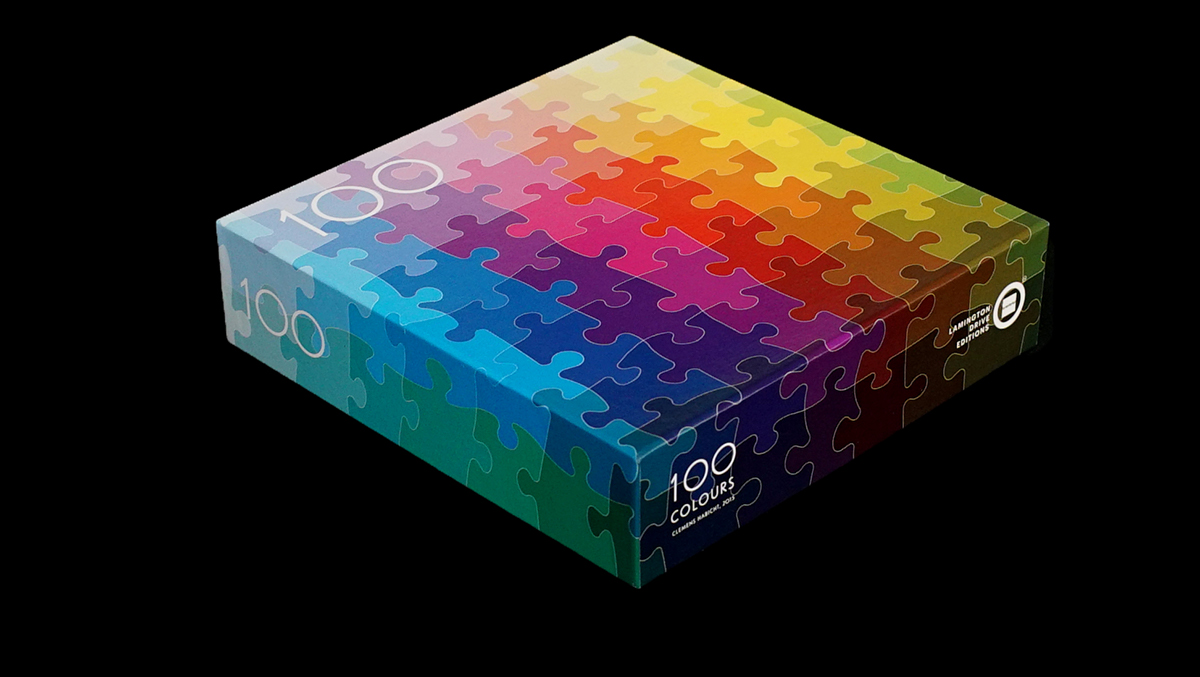
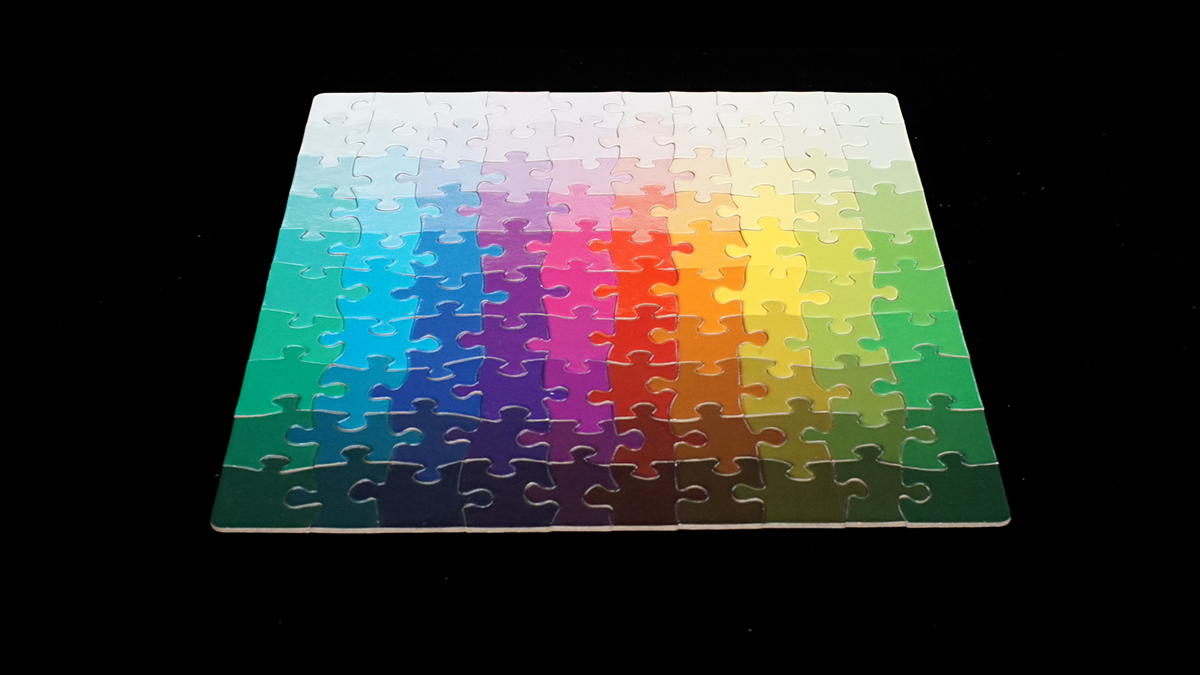
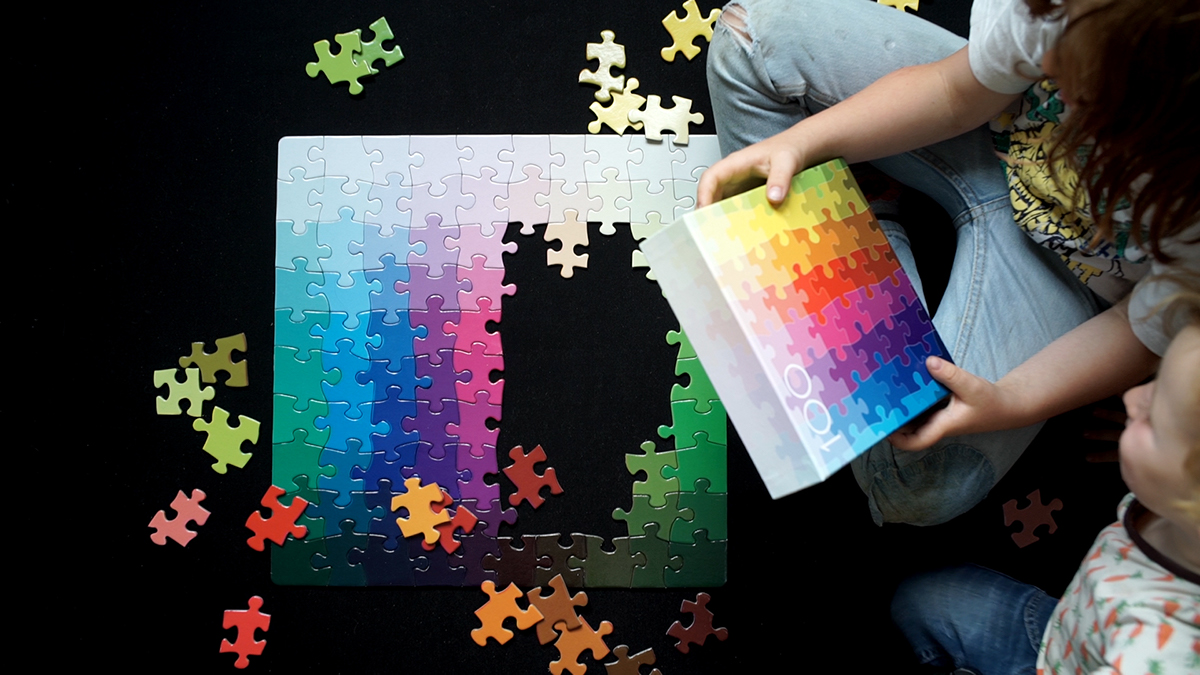
And when 1000 Colours simply wasn't enough for some people, Clemens expanded the range, multiplying the pieces by five to create the 5000 Colours Puzzle.


The 5000 Colours Puzzle being put together
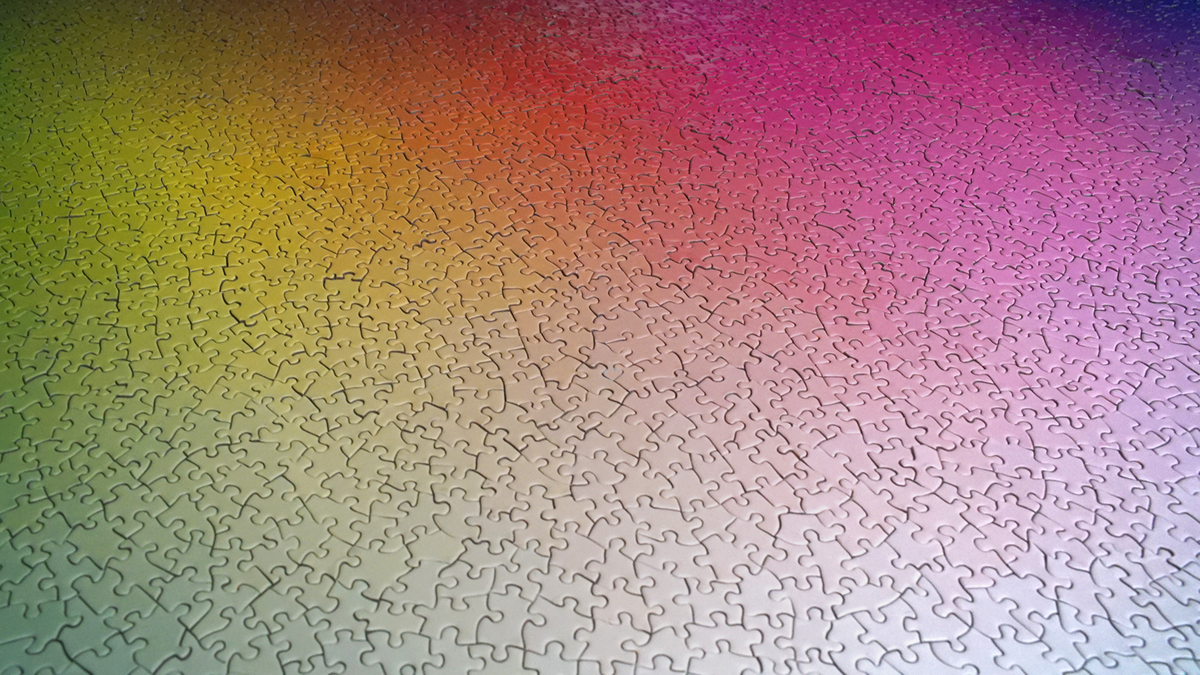
The 5000 Colours Puzzle pieces don't follow a grid-like pattern, but twist and turn, making it even more challenging




